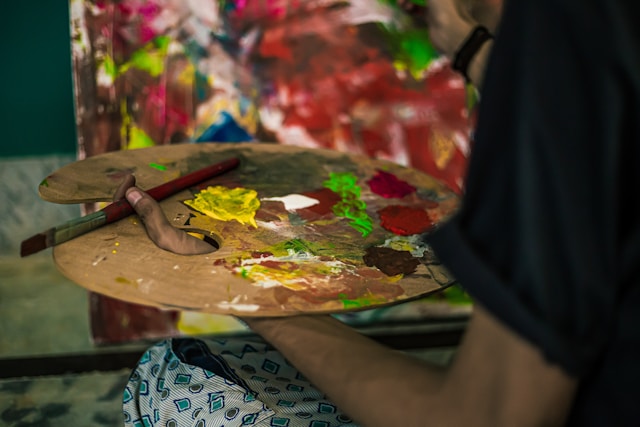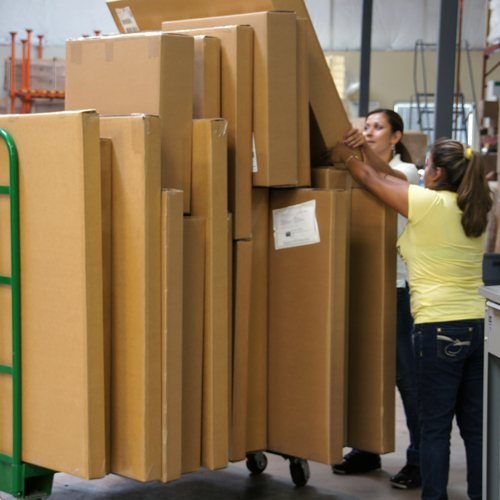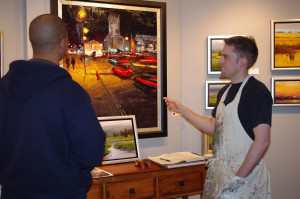How Artists Can Find Clients for Commission Projects

In the art industry, securing commission projects stands as an endeavor for artists aiming to sustain their craft and build a thriving career. Yet, in a landscape saturated with talent, navigating the path to finding clients can be challenging. However, with strategic approaches and a proactive mindset, artists can effectively connect with potential clients and secure commission projects.
- Cultivate an online presence. Establishing a professional website or portfolio on online platforms can showcase past work, artistic style, and contact information. Social media also provide additional avenues for artists to share their creations, engage with a broader audience, and attract potential clients through visual storytelling and networking.
- Online artist communities. Actively participating in online artist communities and forums can expand an artist’s reach and visibility. DeviantArt or Reddit offer spaces for artists to share their work, receive feedback, and connect with like-minded individuals. Engaging with these communities not only fosters a sense of belonging but also opens doors to collaboration opportunities and client referrals.

- Local art shows and fairs. These events provide valuable exposure and networking opportunities within the artist’s community. Artists can showcase their work directly to potential clients, art enthusiasts, and industry professionals. Building relationships with local businesses, galleries, and art organizations can also lead to commission opportunities through referrals and partnerships.
- Word-of-mouth marketing. This strategy is free! Satisfied clients can become powerful advocates for an artist’s work, spreading recommendations and referrals to their networks. Remember that your relationship with a client doesn’t end upon sale. You should provide exceptional customer service, maintain open communication, and deliver high-quality work to cultivate positive relationships and generate repeat business and referrals.
- Seek out potential clients. Look for businesses, organizations, and individuals who may require commissioned artwork aligned with your style and expertise. Write personalized pitches and proposals that demonstrate an understanding of the potential client’s needs and vision to significantly increase the likelihood of securing commission projects.
Finding clients for commission projects may present challenges, but maintaining a dedication to your craft and adopting these approaches can help you establish yourself as sought-after painters and cultivate a thriving career in the competitive world of arts.








